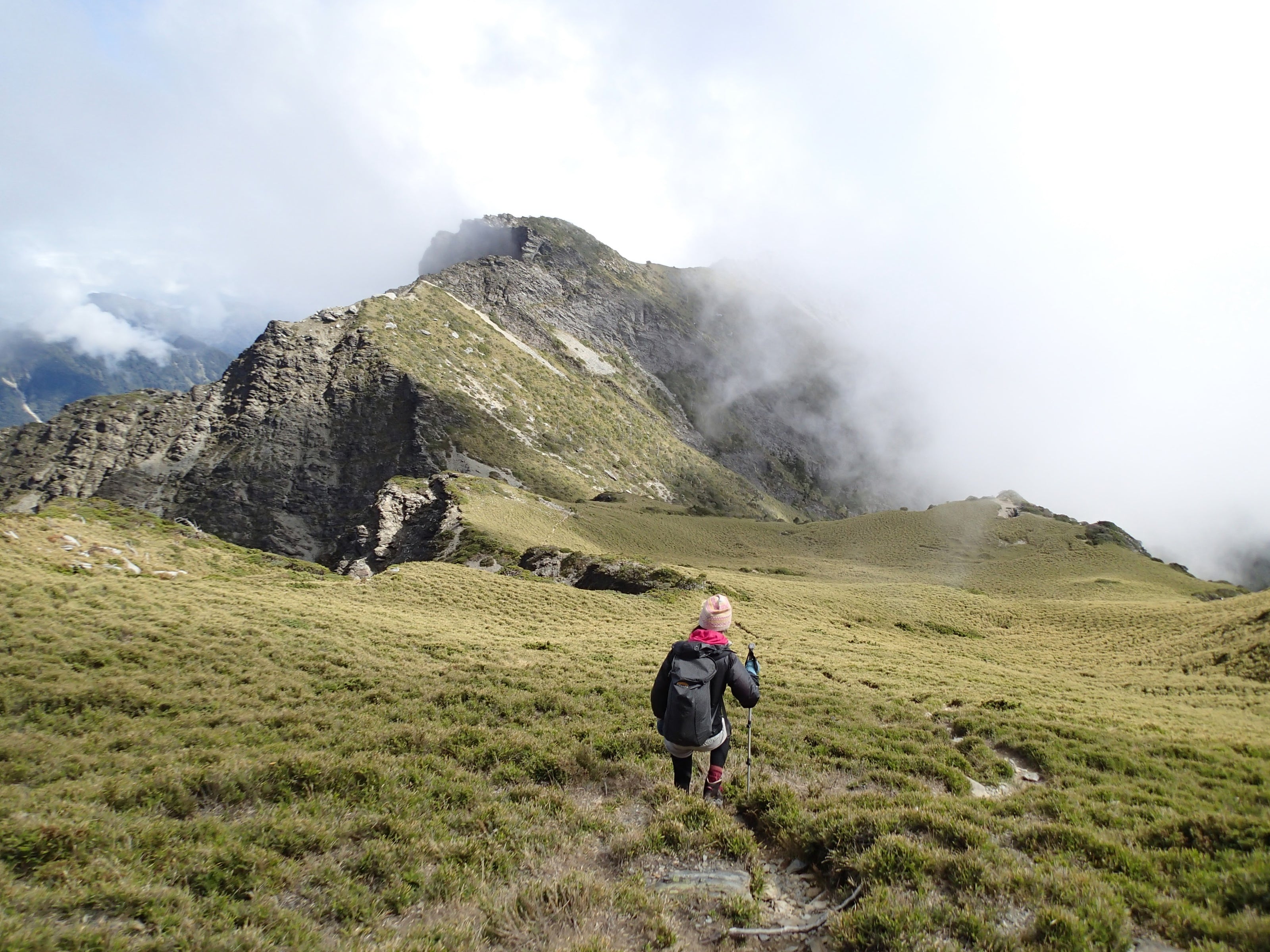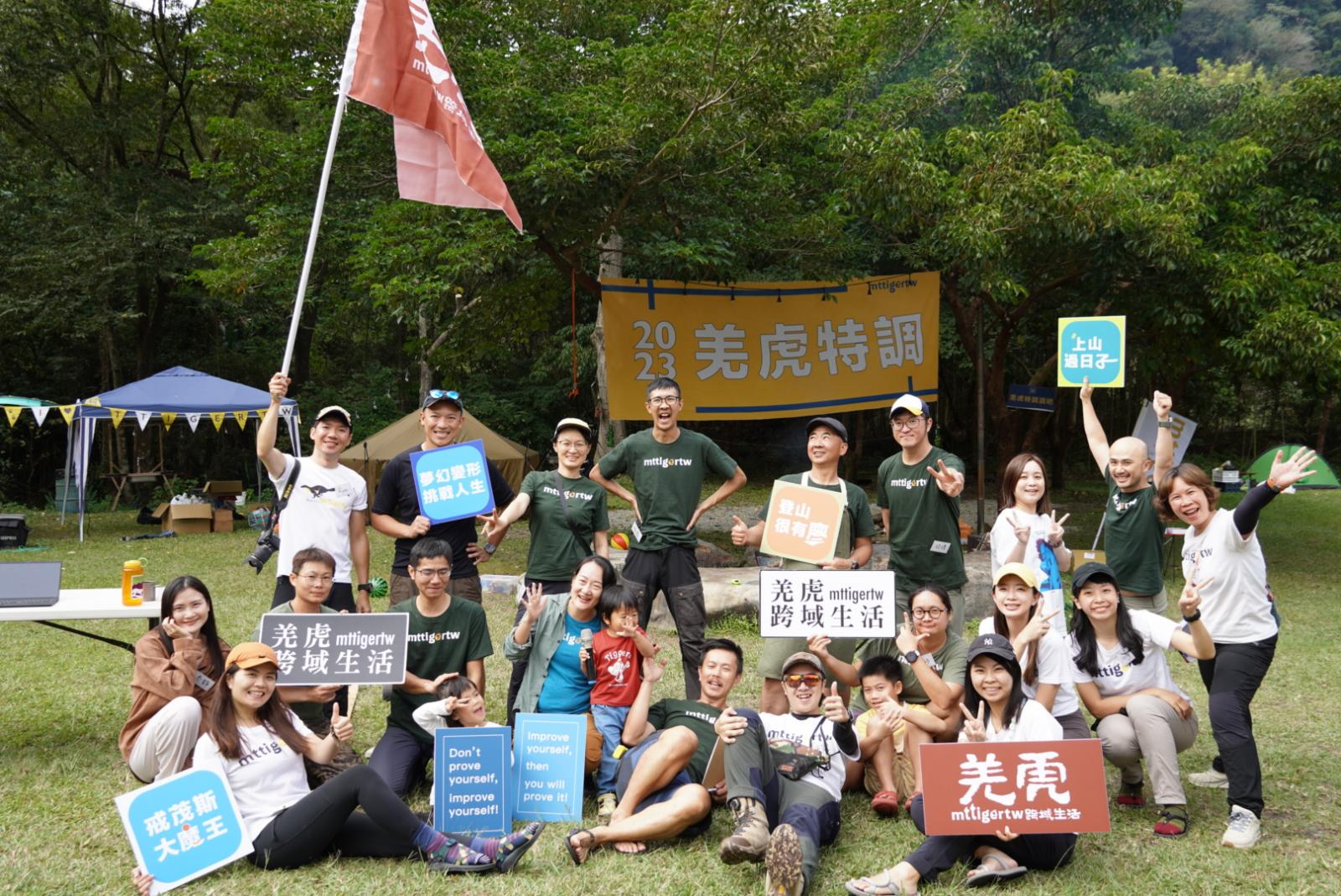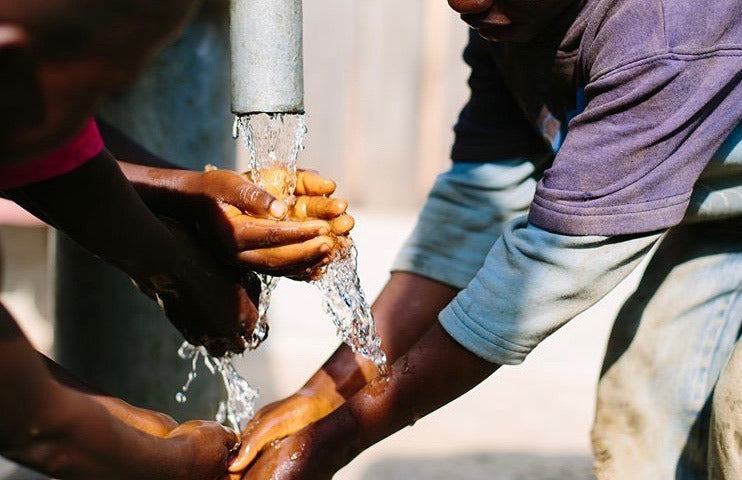HILLEBERG, the world's top tent, about comfort differences
For Hilleberg, "comfort" is the most important functional orientation, and comfort represents not only "luxury", but a measure of the comprehensiveness of the tent, including: keeping you dry in rainy days and keeping you dry in hot weather. Make you feel comfortable at the same time, as well as the size of the space for placing equipment and activities...etc. We consider every seemingly insignificant aspect of each tent to achieve the required comfort.
We prefer double-layer tents, which not only provide the best ventilation, breathability and overall comfort, but the double-layer design also provides excellent protection between you and the outside environment. We connect the inner and outer tents of the tent and thread the frame of the tent poles through the outer tent. This design can greatly reduce the impact on the function of the tent when the tent poles are damaged.
-
The inner and outer tents of the tent can be erected at the same time. This means that you can get rid of the influence of the outside climate faster and stay dry and comfortable for a longer period of time. Even if you set up a tent in humid or rainy weather, you can still keep the inner tent dry. You can also quickly set up the tent and unzip the inner tent during your lunch break, and you will have a dry and spacious shelter that is protected from wind and rain.
We ensure that all models have enough space for the specified number of people to use and their equipment at the same time. The inner wall of the tent is designed to be nearly vertical to create the maximum available space and top space without adding weight, and the design of the door is also very important in the ventilation system.
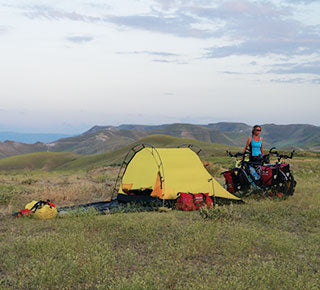
The above considerations and related details are only part of the design content of Hilleberg tents. Others include zipper flaps to protect the zipper, buckles that can roll up the inner and outer tent doors at the same time, small pockets in the tent and the ability to Hook and loop for hanging clothesline.
The inner and outer tents can be used separately. In warm and dry climates, the inner tent can be used alone, or the outer tent can be used as a gathering place for everyone when camping, or as an instant lunch break.
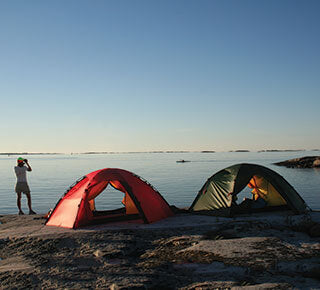
- Providing a comprehensive and easy-to-use shuttle space that can be applied in many ways to adapt to various climatic conditions.
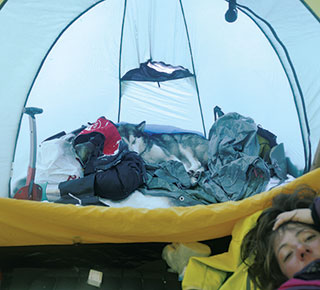
- The wide vestibule space can not only store equipment, but also protect the door of the inner tent. The GT tent provides a wider vestibule space for storing items (or pets can also be well protected in the tent with their owners, as shown in the picture)

- The spacious and comfortable space not only allows you to have a good sleep quality, but also provides a comfortable resting environment even in wind and rain.
-


-
Our four-season tents can be subdivided into red label and black label tents. The outer tents of all four-season tents can be extended to the ground and have at least one breathable window (the black label tent has two). The breathable windows can allow the heat and moisture in the tent to be dispersed to the outside, even if you are on the grass, Sand or deep snow environment.
The breathable windows can be adjusted both inside and outside the tent. The door of the inner tent is made of gauze fabric and is equipped with a zipper for opening and closing. Based on the above description, we can know that the black label and red label tents can be well adapted to various different types of tents. climatic conditions.

-
Another yellow-label tent outer tent for non-snow season use does not fully extend to the ground, and therefore provides a better ventilation system, which can make the ambient temperature inside and outside the tent closer.
In addition, the larger area of gauze fabric in the inner tent also allows for better air circulation. Some of our tents are even directly designed as mesh tents for better air circulation, so yellow label tents are most suitable for use in warm climates or non-snow seasons.

